Guava Tree
- December 27, 2023
- 0 comment
The Guava tree, scientifically known as Psidium guajava, is a tropical evergreen plant that belongs to the myrtle family, Myrtaceae. Revered for both its delicious fruit and ornamental value, the Guava tree is native to Central America but has spread to various tropical and subtropical regions worldwide. The tree typically reaches a height of 6 to 20 feet, featuring smooth, greenish-brown bark and elliptical leaves with an aromatic scent.
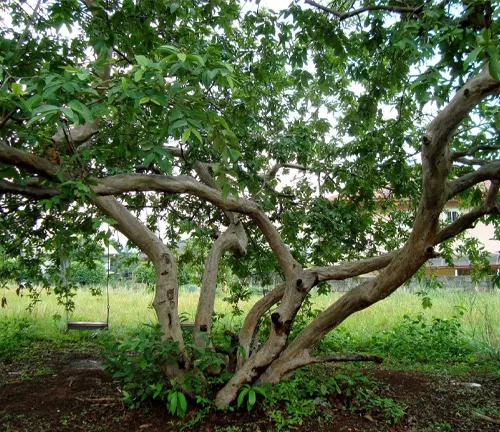
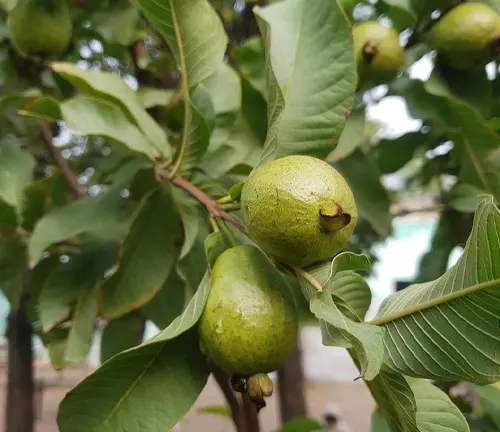
One of the most notable aspects of the Guava tree is its round to pear-shaped fruit, known as guavas, which come in various colors, including green, yellow, and red, depending on the variety. Guavas are renowned for their sweet and fragrant taste, and they are rich in essential nutrients, particularly vitamin C, fiber, and antioxidants. The fruit is incredibly versatile and is consumed fresh, juiced, or used in jams, jellies, and desserts.
Beyond its culinary applications, the Guava tree is valued for its medicinal properties, with various parts of the plant utilized in traditional medicine for treating ailments such as diarrhea, coughs, and skin disorders. Additionally, the Guava tree serves as an attractive landscaping element, adding lush greenery and vibrant fruits to gardens in tropical and subtropical climates. Overall, the Guava tree is a multifaceted and culturally significant plant, embodying both practical and aesthetic appeal across different regions of the world.
| Characteristic | Description |
|---|---|
| Scientific Name | Psidium guajava |
| Family | Myrtaceae |
| Type | Tropical evergreen tree |
| Native Region | Central America |
| Height | 6 to 20 feet |
| Bark | Smooth, greenish-brown |
| Leaves | Elliptical with an aromatic scent |
| Fruit Colors | Green, yellow, red (varies by variety) |
| Fruit Shape | Round to pear-shaped |
| Flavor | Sweet and fragrant |
| Nutrients | Rich in vitamin C, fiber, and antioxidants |
| Culinary Uses | Consumed fresh, juiced, used in jams and desserts |
| Medicinal Uses | Traditional remedy for diarrhea, coughs, skin disorders |
| Landscaping Value | Ornamental addition to tropical gardens |
| Cultural Significance | Widely cultivated and valued globally |
Exploring the Guava Tree

The Guava tree, scientifically known as Psidium guajava, is a botanical marvel belonging to the Myrtaceae family. Native to the lush landscapes of Central America, this tropical evergreen delights with its smooth, greenish-brown bark and elliptical leaves exuding a captivating aromatic scent.
Aesthetic Charms of the Guava Tree
Beyond its botanical allure, the Guava tree contributes to woodland elegance with its graceful stature. Reaching heights of 6 to 20 feet, it stands as a testament to nature’s aesthetic prowess, adding a touch of sophistication to tropical and subtropical landscapes.

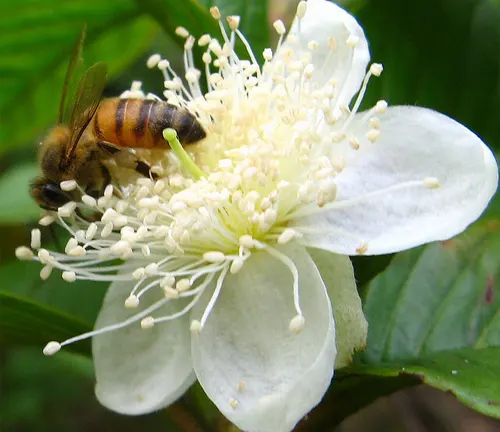
Nurturing Nature’s Balance
The ecological significance of the Guava tree extends far beyond its visual appeal. Thriving in various ecosystems, it plays a vital role in supporting biodiversity by providing habitat and sustenance for various species. The tree’s flowers attract pollinators, contributing to the intricate dance of nature.
Balancing Act for Guava Trees
As the demand for guavas rises, cultivation practices become crucial. Farmers worldwide engage in responsible cultivation to meet the demand while ensuring the conservation of the species. Striking this delicate balance is essential for maintaining the biodiversity and health of the regions where Guava trees flourish.
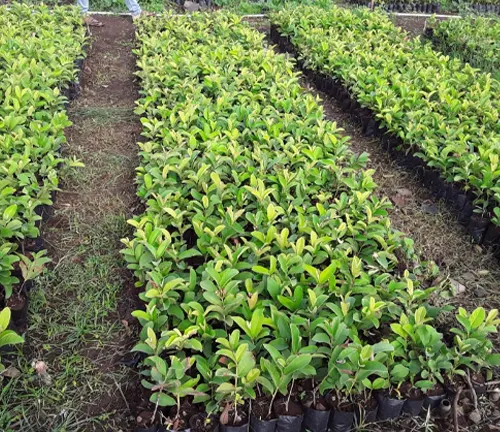
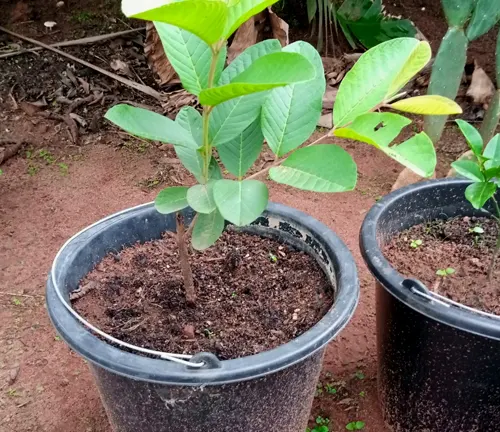
Nature’s Engineers at Work
The Guava tree emerges as a silent yet effective soil engineer. Its roots delve deep into the earth, aiding in soil stabilization. This quality is particularly valuable in regions prone to erosion, where the tree acts as a natural barrier, preventing soil degradation and promoting environmental resilience.
From Orchard to Table
Guava trees gift us with a versatile fruit that comes in an array of colors green, yellow, and red depending on the variety. Whether consumed fresh, juiced, or transformed into jams and desserts, guavas add a delectable touch to culinary delights. The tree’s leaves and bark also find applications in traditional medicine.


Nutritional and Medicinal Riches
Guava fruits are a nutritional treasure trove, offering a rich blend of vitamin C, fiber, and antioxidants. Beyond the culinary realm, various parts of the Guava tree are utilized in traditional medicine, providing remedies for ailments such as diarrhea, coughs, and skin disorders. This dual role as both a nourishing food source and medicinal resource underscores the holistic benefits of the Guava tree.
Tracing the Guava Tree’s Natural Abode
The Guava tree, scientifically known as Psidium guajava, finds its roots in the tropical landscapes of Central America. Mapping the natural habitat of this resilient evergreen reveals a preference for regions with warm temperatures and well-drained soils. From its origins, the Guava tree has spread its leafy branches to various tropical and subtropical corners of the globe, adapting to diverse ecosystems and becoming a familiar presence in many landscapes.

Unveiling the Guava Tree’s Botanical Makeup
At the heart of the Guava tree’s allure lies its intricate botanical composition. Classified under the Myrtaceae family, this evergreen boasts smooth, greenish-brown bark and elliptical leaves that emit a distinctive aromatic scent. Delving deeper into its biological makeup, the tree’s components contribute to both its aesthetic charm and ecological importance. From the roots anchoring the soil to the leaves enticing pollinators, each part plays a vital role in the tree’s existence and impact on its surroundings.
Exploring the Unintended Consequences
While the Guava tree is celebrated for its beauty and utility, its introduction to new environments has not been without consequences. The unintended side effects of Guava tree proliferation include ecological disruptions and alterations in local plant and animal dynamics. In some regions, the tree’s rapid growth and spread have led to concerns about its potential to outcompete native flora, highlighting the importance of understanding and managing the side effects of its presence.
Different Species
Psidium guajava
(Common Guava)
This is the most well-known and widely cultivated species of guava. It produces the familiar round or pear-shaped fruits with a green, yellow, or red skin, and it is valued for its sweet flavor and aromatic qualities.
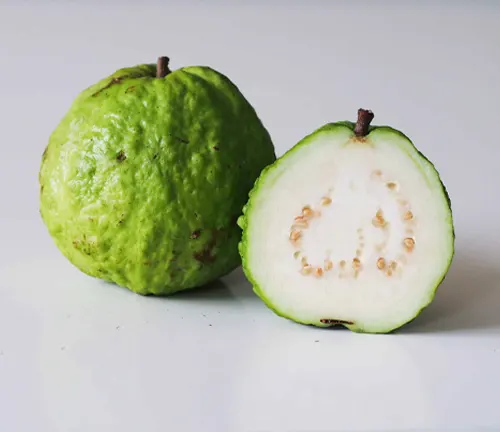
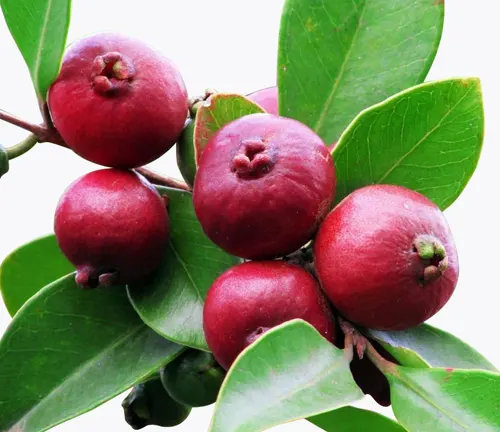
Psidium cattleianum
(Strawberry Guava)
Native to South America, this species is smaller in size compared to common guava. It produces small, red or yellow fruits that have a distinct strawberry-like flavor. Strawberry guava is often grown for its ornamental value as well.
Psidium friedrichsthalianum
(Costa Rican Guava)
Indigenous to Central America, this species produces large fruits with a yellow or greenish skin. The fruit has a sweet taste and is commonly used in local cuisines.
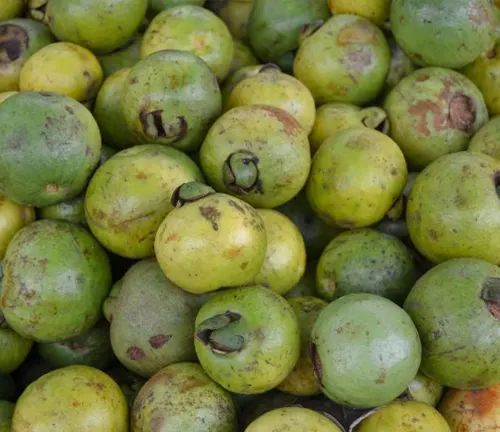
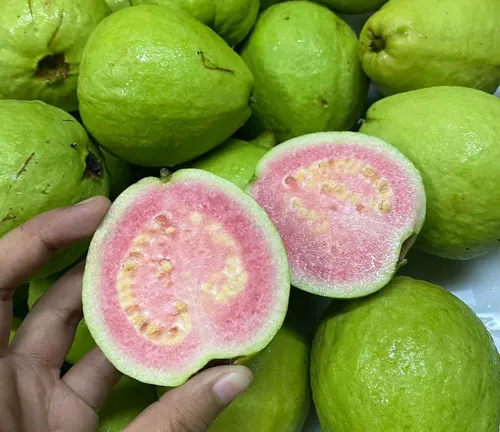
Psidium rufum
(Red Guava)
Found in various tropical regions, the red guava tree produces medium-sized fruits with reddish skin. The flesh is typically pink or red and has a sweet, juicy taste.
Psidium araca
(Brazilian Guava)
Native to Brazil, this species is known for its small, yellowish-green fruits. The fruit has a unique taste, combining sweetness and acidity, and is often used in the preparation of jellies and desserts.

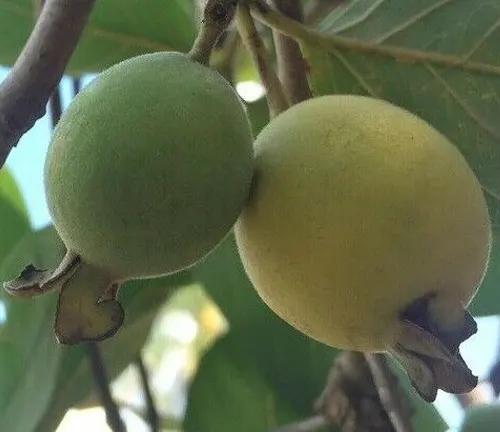
Psidium guineense
(Brazilian Guava or Guinea Guava)
Found in parts of Africa and South America, this species produces small, round fruits that can vary in color, including yellow and green. The fruits are edible and have a mildly sweet taste.
Psidium acutangulum
(Winged Guava)
Native to Southeast Asia, this species is characterized by its winged stems. It produces small, round fruits with a greenish-yellow skin. The fruit has a sour taste and is often used in culinary applications.
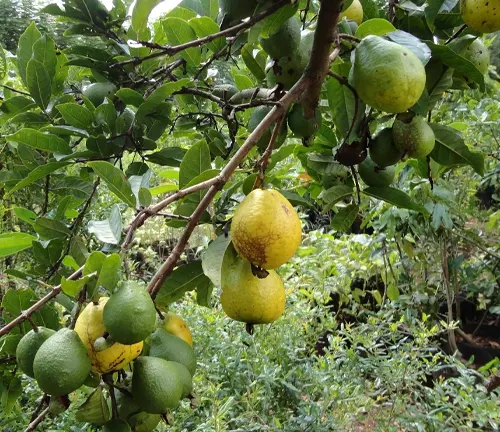
Frequently Asked Questions (FAQs)
- What is a Guava Tree?
A Guava tree, scientifically known as Psidium guajava, is a tropical evergreen tree that produces the guava fruit. It is valued for both its ornamental qualities and the delicious, nutrient-rich guava fruits it yields. - Where is the Guava Tree Native?
The Guava tree is native to Central America but has been introduced and cultivated in various tropical and subtropical regions around the world. - What are the Different Varieties of Guava?
Common varieties include Psidium guajava (Common Guava), Psidium cattleianum (Strawberry Guava), and Psidium rufum (Red Guava). Each variety has its own unique characteristics in terms of fruit size, color, and flavor. - How Tall Does a Guava Tree Grow?
Guava trees typically range in height from 6 to 20 feet, depending on the specific variety and growing conditions. - What Soil Conditions are Suitable for Guava Trees?
Guava trees prefer well-drained soil with a slightly acidic to neutral pH. They can adapt to various soil types but thrive in fertile and loamy soils. - How do I Care for a Guava Tree?
Guava trees require regular watering, especially during dry periods. They benefit from fertilization, pruning to shape and control growth, and protection from frost in colder climates. - When is the Guava Fruit Harvested?
The harvesting time varies by variety, but guava fruits are typically ready for harvest when they attain the desired size and the skin changes color. This can range from green to yellow or red. - What are the Culinary Uses of Guava?
Guava fruits can be eaten fresh, juiced, or used in jams, jellies, desserts, and beverages. The fruit’s versatility makes it a popular ingredient in various cuisines. - Are Guava Trees Prone to Pests and Diseases?
Guava trees may face challenges from pests like fruit flies, aphids, and scales, as well as diseases such as anthracnose and guava wilt. Proper care, including regular monitoring and appropriate treatments, helps manage these issues. - Can Guava Trees be Grown in Containers?
Yes, certain dwarf varieties of guava can be grown in containers, making them suitable for patio or indoor cultivation. - What are the Medicinal Properties of Guava?
Guava is known for its medicinal properties and is traditionally used to treat various ailments. It is rich in vitamin C, fiber, and antioxidants, contributing to its potential health benefits.



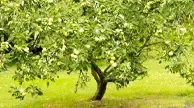
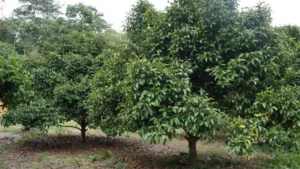
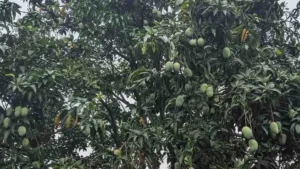
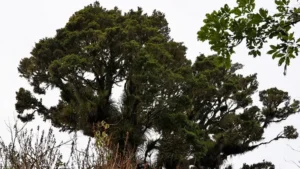

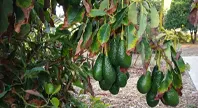
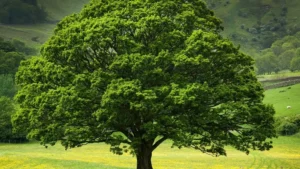

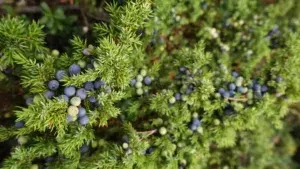

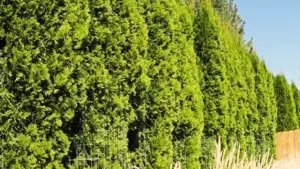
Leave your comment